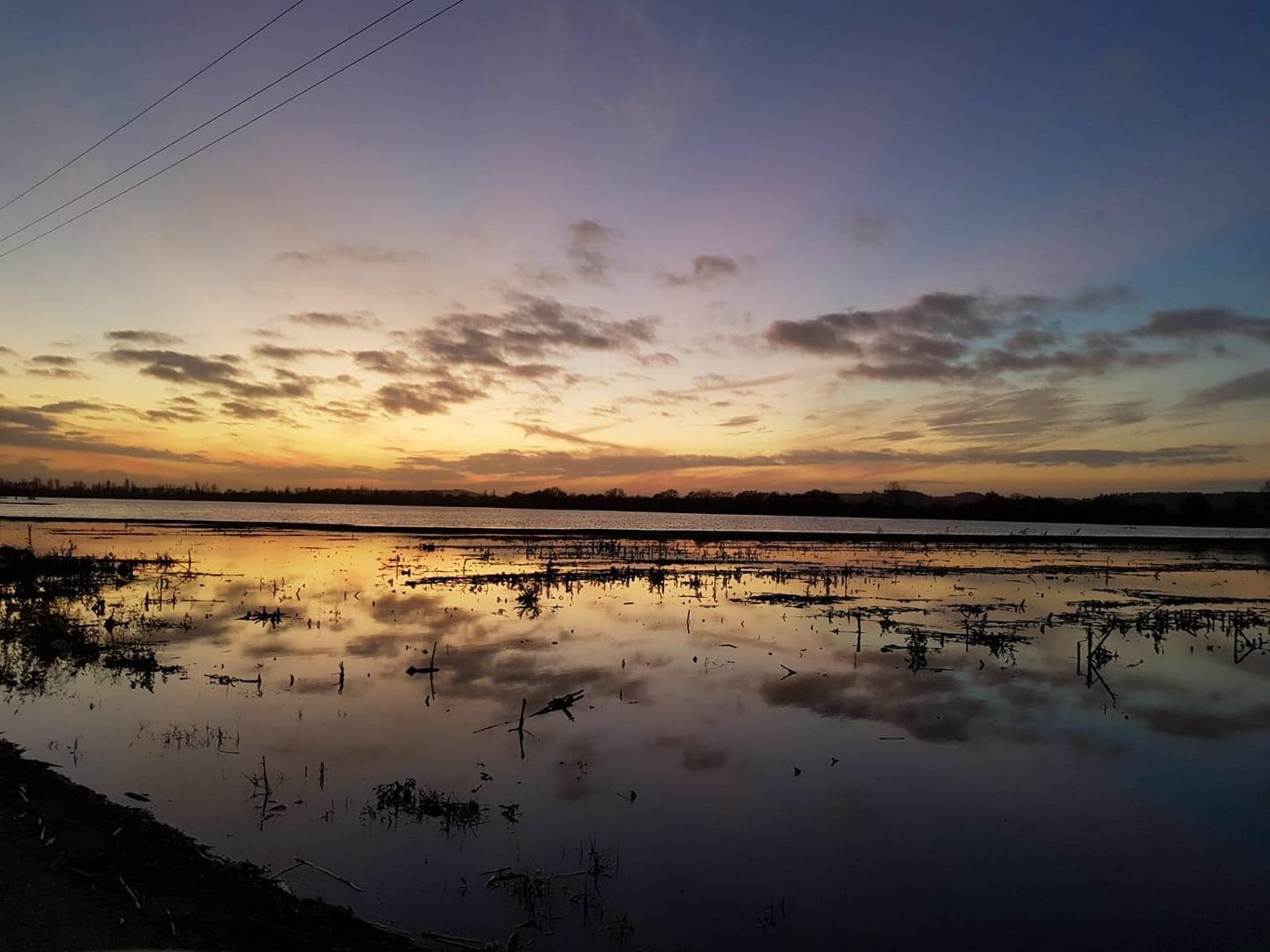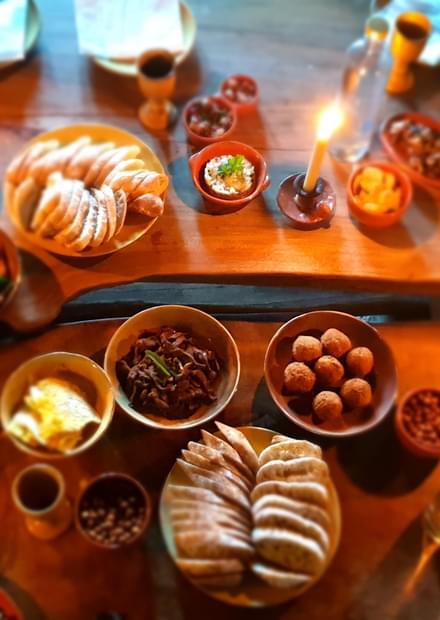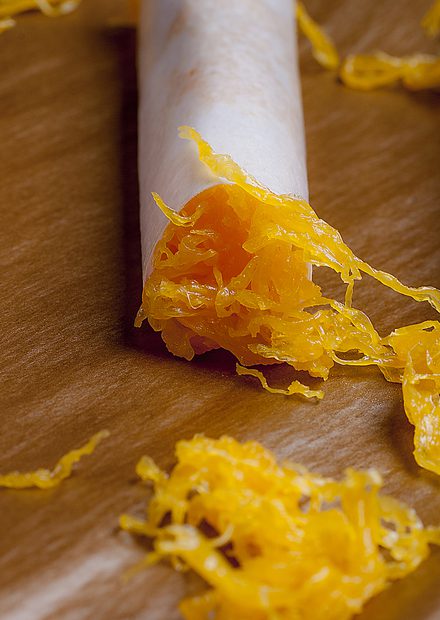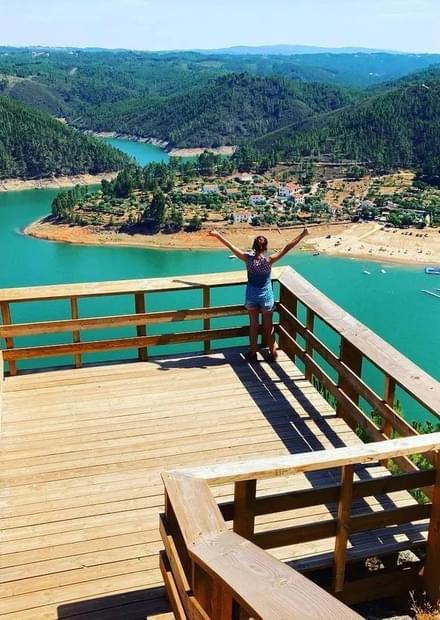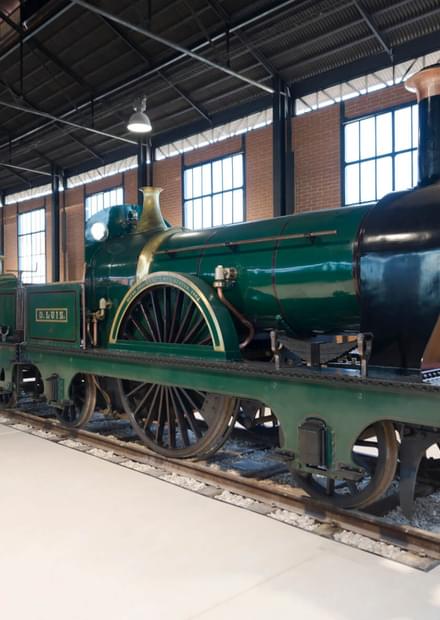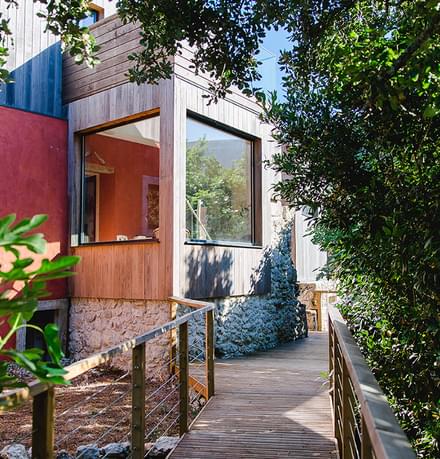Tomar
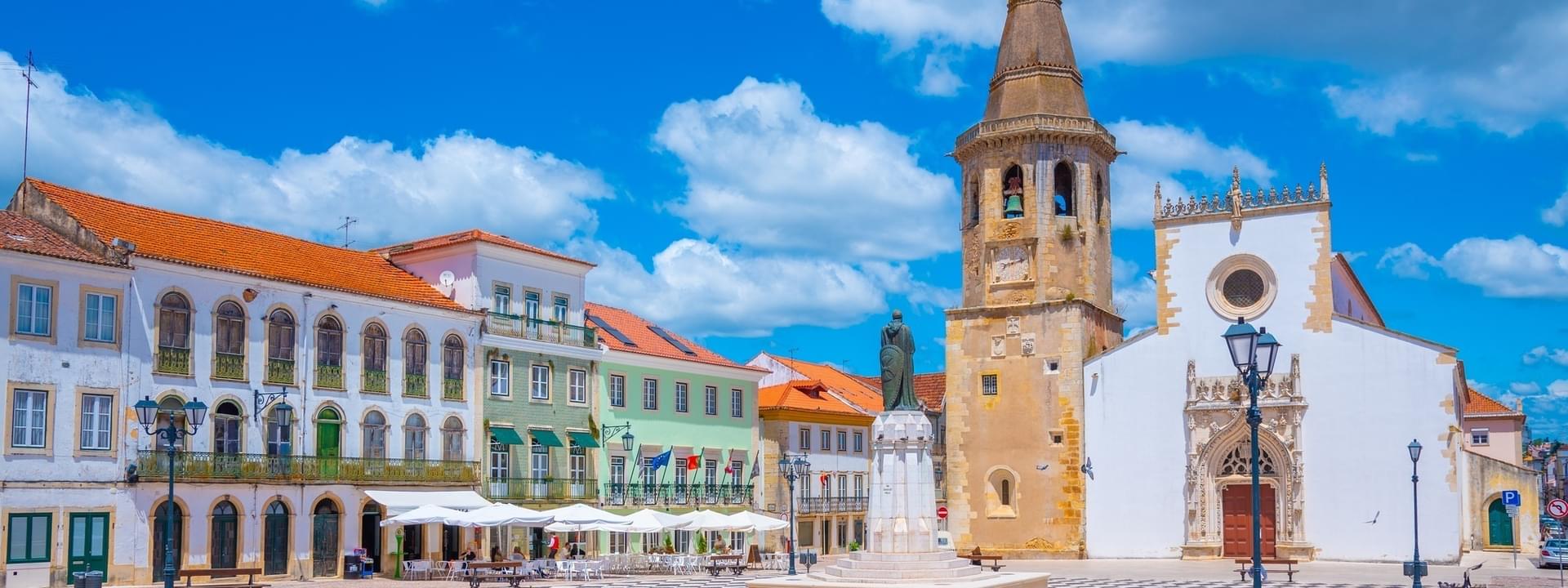
The Knights Templar and the Convent of Christ
Portugal has a whole city that has risen according to an esoteric plan. It is the city of Tomar, designed by Gualdim Pais, the most famous master of the Order of the Temple. Founded in 1160, Tomar was conceived according to the archetype of an initiating mentality, as the Polis, the Acropolis and the Pantheon.
Tomar is the most important place of the Templar History in the whole world, since it has preserved an imposing castle and church, practically intact. The Order of the Temple existed from 1118 to 1308, when the Pope extinguished it and deprived it of its assets.
The Portuguese King D. Dinis ruled in those times and obeyed to the Pope command, however he kept the assets for the Crown and founded the Order of Christ. And so, the Knights of the Temple remained in Portugal. A century after, in 1415 with the conquest of Ceuta, Henry, The Navigator became the Grand-Master of the Order of Christ and lived for over a decade in Tomar. It was actually here that he designed the project of the Portuguese Discoveries.
In the words of Lisbon-born philosopher and historian Paulo Loução, Tomar was actually the spiritual capital of the country.
According to this prestigious historian, the Knights Templar and the Order of Christ played a major role in the Portuguese History from the 13th to the 16th century, namely in the foundation of the nation and during the Portuguese Discoveries.
The UNESCO World Heritage Convent of Christ is absolutely mandatory while visiting Tomar, the Templar city. Both the Templar Castle and the Convent of Christ stand out as some of the most stunning monumental landmarks in the country, impeccably preserved. The military structure of the Castle that Master Gualdim Pais imported from the East is particularly striking.
The impressive Convent of Christ has 8 cloisters, a magnificent 4 meters high Manueline style window and the 12th century Charola, an outstanding circular-shaped church inspired by the the Holy City, dedicated to initiation cerimonies. Legend has it that the Knights Templar entered the charola riding their horses. "The charola is one of the symbols of the founding mystique of Portugal", says Paulo Loução.
Beyond the Convent of Christ
In Tomar, apart from the Convent of Christ, there are other testimonies of the influence of the Knights Templar, such as the woods Mata dos Sete Montes, where initiating rituals took place, and the Church of Santa Maria do Olival – the ancient Roman Sellium, donated by the first King of Portugal, D. Afonso Henriques to Master Gualdim Pais, as he returned from the Crusades.
Tomar downtown was planned according to the vision of Henry, The Navigator and it also inspired other Portuguese cities, such as Angra do Heroísmo and Lisbon. At the center of this beautiful square there is the statue of Grand Master Gualdim Pais, placed between the City Hall and the eye-catching Church of Saint John, the Baptist, deeply fascinating for its multitude of symbols.
In the street Rua Joaquim Jacinto, the former Rua Nova, parallel to Corredoura street, there is the Jewish synagogue dating back to the mid-15th century, the oldest synagogue in Portugal.
During its consulate as Grand-Master of the Order of Christ, Henry, The Navigator called the Jewish community to populate the city and to foster local economy. The Jewish quarter and the synagogue were built from 1430 to 1460. The Jewish synagogue of Tomar was transformed along the centuries in jail, chapel and private house. In 1921 it became National Monument and in 1923, Samuel Schwarz, a Polish mine engineer who studied the secret Jewish community of Belmonte, bought the building. In 1939, he donated it to the Portuguese state, so that a Portuguese-Hebrew Museum would be created.
Café Paraíso is also a must-see stop of the city. Located in Corredoura Street, this historic café, founded on May 21st 1911, offers its visitors a welcoming nostalgic ambiance and an attentive service. The unrivalled charm of the past at the heart of the historical centre of Tomar. This is also the place where world-acclaimed Italian author and philosopher Umberto Eco sat to write. Locals say that Café Paraíso (Paradise) is a paradise in the morning, a purgatory in the afternoon and hell at night!
Around Tomar
The Castle of Almourol is regarded as Portugal’s most beautiful castle! Situated on a small cliffy island in the middle of the Tagus River, Almourol Castle is one of the most significant military Medieval monuments, which best evokes the memory of the Knights Templar in Portugal.
Beautifully embraced by the Zêzere River, Dornes is a picturesque village where time stands still. An enchanting place to discover off the beaten track, located in the north zone of Castelo de Bode dam, half an hour away from Tomar.
Situated on the left bank of Tagus River, the Natural Reserve of Paul do Boquilobo follows a section of Almonda river born in the Mountain of Serra de Aire e Candeeiros that flows to the right bank of Tagus.
How to get to Tomar
Articles about Tomar

Eating in Tomar



